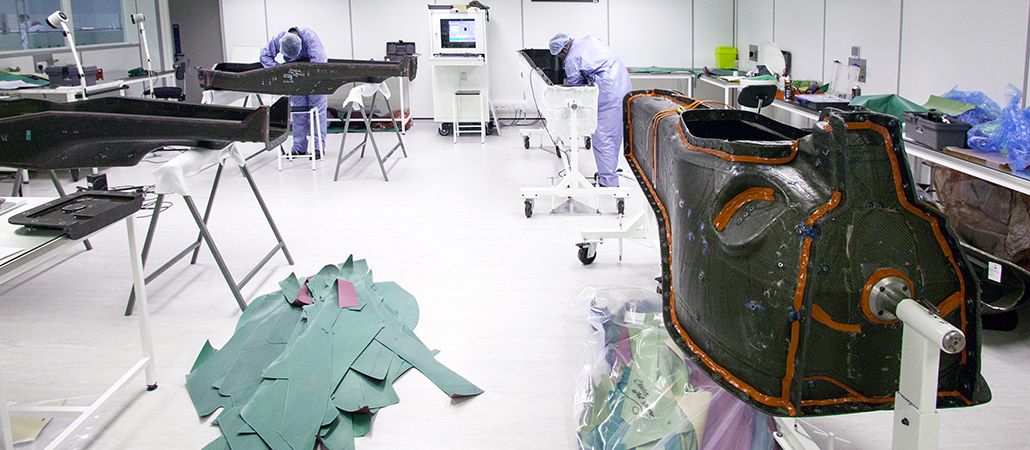FROM DESIGN TO PRODUCTION
Once the geometries have been defined and the required rigidity levels achieved, teams still need to transform their digital vision into solid parts. That’s where IT comes into play to ensure a smooth transition between the design office and workshop.
With CAD, teams are able to produce a 3D electronic master file of the car, which specifies the dimensions of all the parts and how they assemble.
Serving as a sort of huge geometric database, the master file is then processed with a computer-aided manufacturing (CAM) software, which in turn creates another file that contains the control programme of a computer numerical control (CNC) machine-tool.

© Caterham
Practically, the file programs the motions and movements that needs to be executed in order to produce the part.
It shows the cut lines that will be followed during the machining of the metal components or highlights the making of a pattern for the composite elements. The latter pattern will serve to create a carbon mould used to shape and produce the final components.

© Renault F1
WHERE TO START?
Upon looking closely at the entrails of an F1 car, it appears that its backbone comprises three main elements: the chassis (the assembly of the monocoque, tank, and front suspensions), the power unit, and finally the drive-train (i.e. the gearbox and rear suspensions). Connecting to this backbone are the bodywork, floor, wings, cooling pipework, etc. But what do teams start building first?
“The chassis and gearbox are the first components to go into production,” Renault’s chassis technical director Nick Chester told F1i. “Then come the suspension and the wings. The last components to be built are the bodywork such as the engine cover. Alongside this we package all the hardline and electrical looms.
“Then we make a mock-up in November to see how it is going to fit. As well as CAD, we do a physical mock-up. It is the best way to get wiring looms and hydraulic lines really nice. Although you model them on the CAD it is still very useful to check their physical routing on the car. You need to be able to feed them through the chassis.”

 '
'





